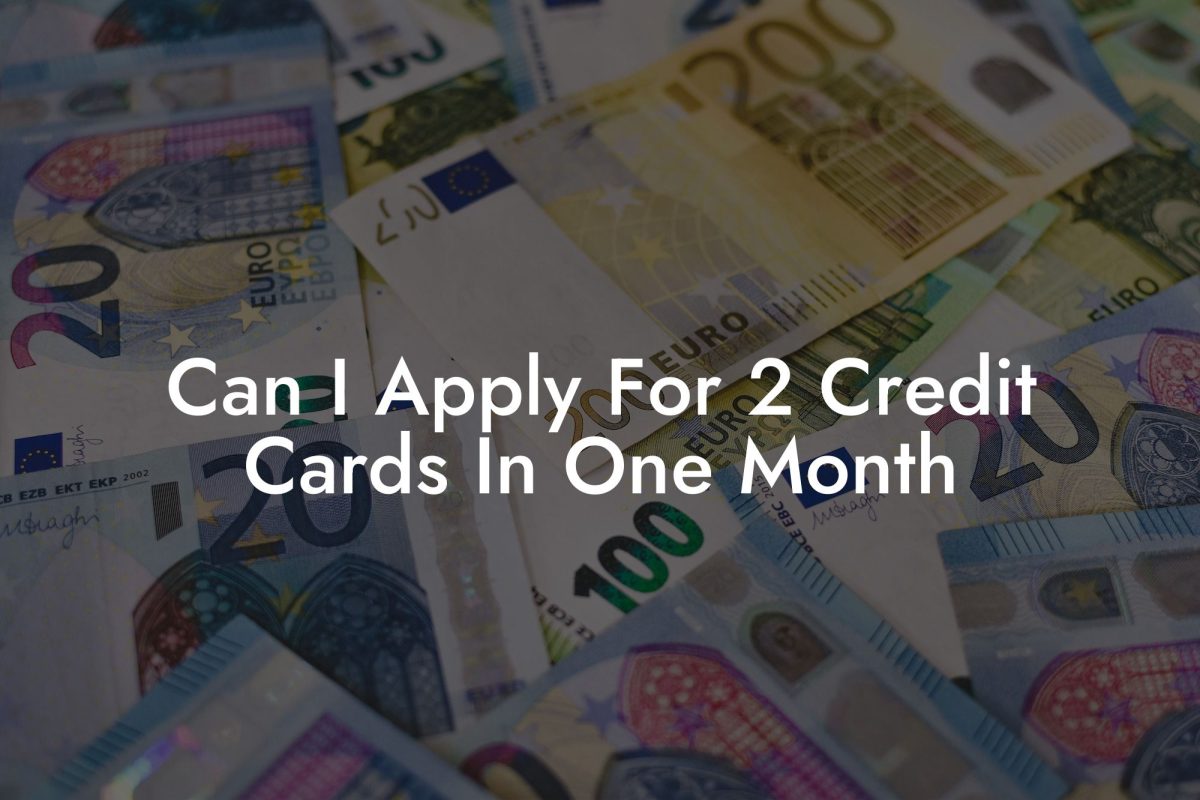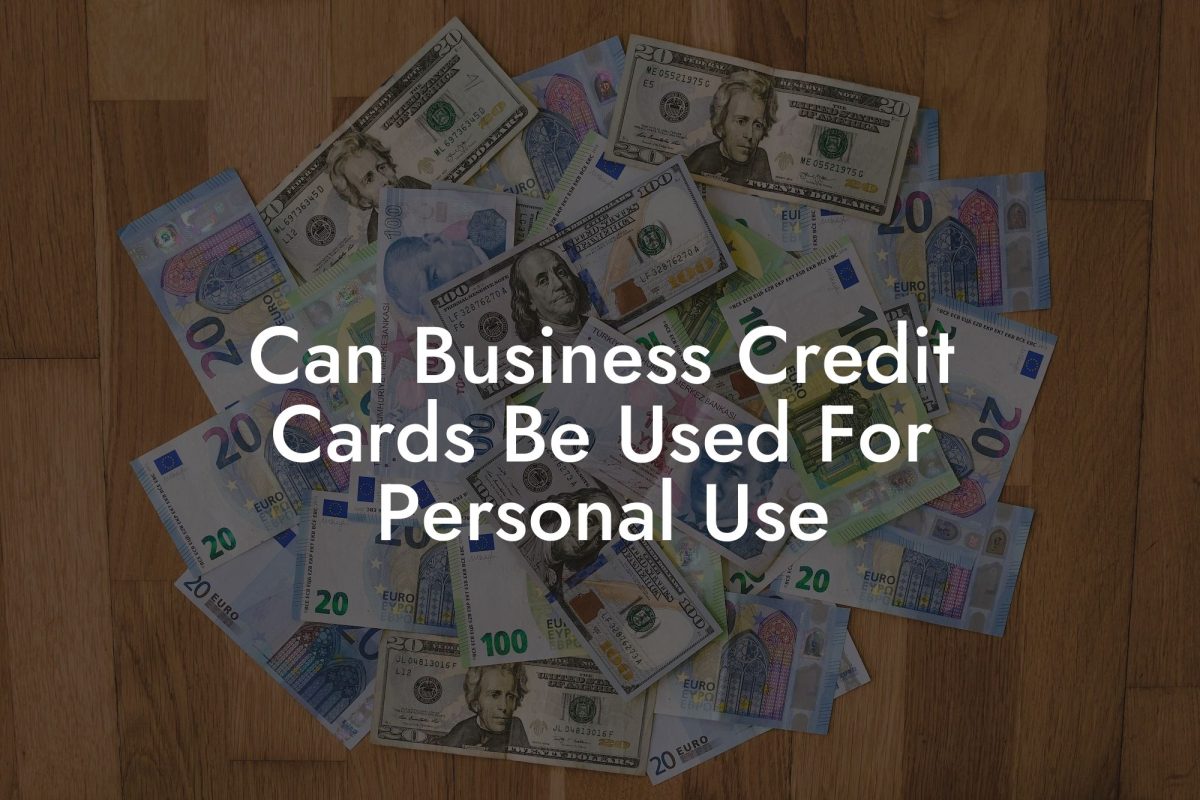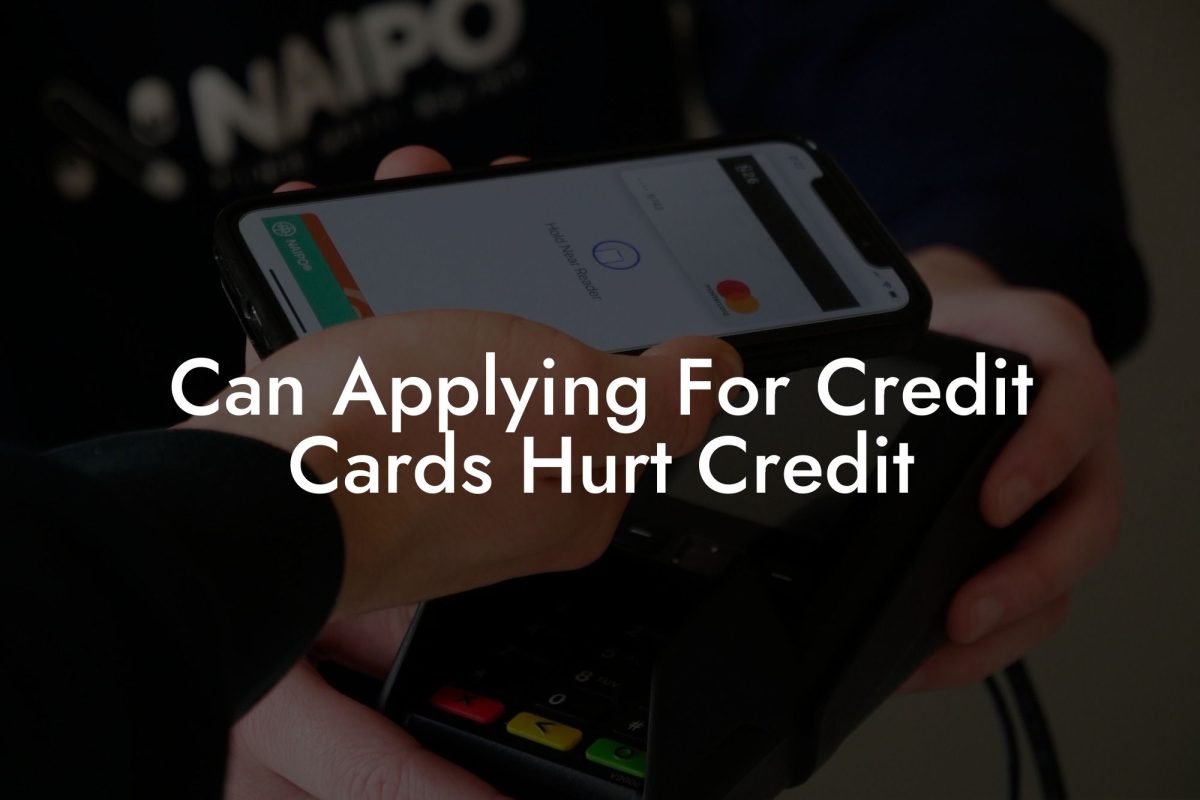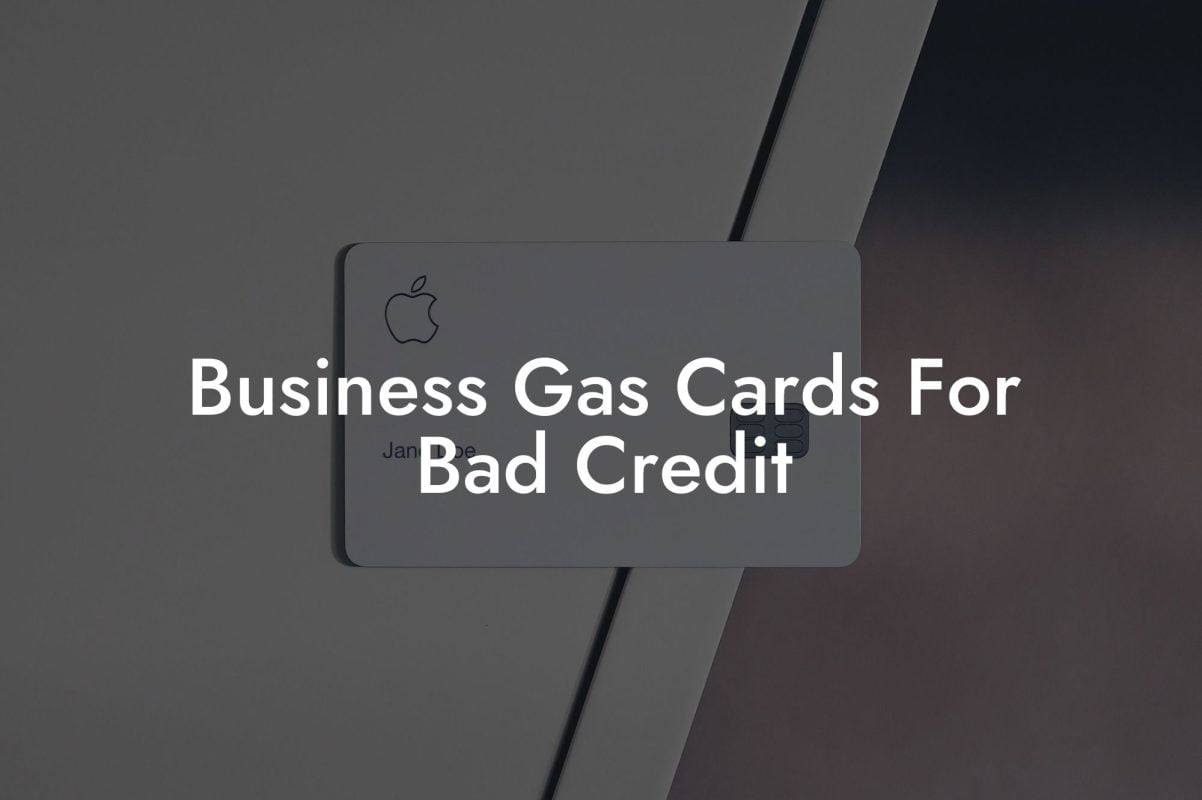Are you ready to unearth the mysteries behind credit card prime rates? This often-overlooked factor is a key ingredient in determining your monthly credit card expenses, and understanding it is crucial for making smart financial decisions. In this Flik Eco blog post, we're going to break down the concept of the prime rate for credit cards, how it affects you, and what it means for your financial future. So, buckle up and get ready to dive into the fascinating world of prime rates!
What Is Prime Rate For Credit Cards Table of Contents
What is the Prime Rate?
The prime rate, also known as the prime lending rate, is the interest rate that commercial banks charge their most creditworthy customers. In other words, it's the base rate that banks use to set interest rates on various types of loans, including credit cards, mortgages, and more.
Financial institutions in some countries, such as the United States and Canada, base their prime rates on the federal funds rate and other central bank rates. The prime rate is not a static number; it changes in response to economic conditions and the central bank's decisions about monetary policy.
How Credit Card Prime Rates Work?
Credit card issuers use the prime rate as a starting point to determine the interest rates they will charge their customers. The credit card interest rate, or APR (annual percentage rate), is typically calculated by taking the prime rate and adding a certain margin. This margin depends on several factors, including your credit score, the type of credit card, and the issuer's policies.
When the prime rate goes up, credit card interest rates tend to increase as well. That's because credit card issuers base their variable interest rates on an index, typically the prime rate. Variable APRs change following the same pattern as the prime rate, which means your monthly credit card payments could increase when the prime rate rises.
Fixed Vs. Variable APRs
Not all credit card interest rates are tied to the prime rate. Some credit cards offer fixed APRs, meaning the interest rate remains constant regardless of changes in the prime rate. However, fixed APRs can still change if the issuer decides to revise its terms or if you miss a payment or exceed your credit limit.
Variable APRs, on the other hand, are directly affected by changes to the prime rate. As the prime rate goes up or down, so too will the interest rate on your credit card, which can directly impact the cost of borrowing money with that card.
Why Does the Prime Rate Matter for Credit Card Users?
As a credit card user, monitoring the prime rate is essential for several reasons:
- A higher prime rate means higher interest rates: If the prime rate increases, your credit card's variable APR will likely increase as well, making it more expensive to carry a balance on your card.
- Better understanding of credit card offers: Comparing credit card APRs becomes much easier when you understand how the prime rate affects them. It allows you to make more informed decisions when selecting the best credit card for your needs.
- Opportunities for lower interest rates: A lower prime rate can translate into lower credit card interest rates, which could lead to cost savings if you carry a balance. Keeping an eye on the prime rate can help you anticipate changes to your credit card's APR and adjust your payment strategy accordingly.
What Is Prime Rate For Credit Cards Example:
Meet Jane, a responsible credit card user with good credit. She has a credit card with a variable APR based on the prime rate, currently set at 5%. Jane's card has a margin of 10%, resulting in a current APR of 15% (5% prime rate + 10% margin).
Jane's friend Mark has a similar credit card from the same issuer, but with a fixed APR of 16%. Suppose the central bank decides to cut the prime rate to 4%. Jane’s variable APR would then drop to 14% (4% prime rate + 10% margin). Meanwhile, Mark's fixed APR would remain the same at 16%, which means Jane now enjoys a lower interest rate than Mark does.
Now you know the ins and outs of the prime rate for credit cards! As you continue to navigate the world of personal finance, understanding the underlying factors that impact your credit card costs will make you a smarter, savvier consumer. We hope this guide has helped demystify the prime rate and better equipped you to manage and grow your financial well-being. If you found this article helpful, don't forget to share it and explore other amazing guides on Flik Eco!













